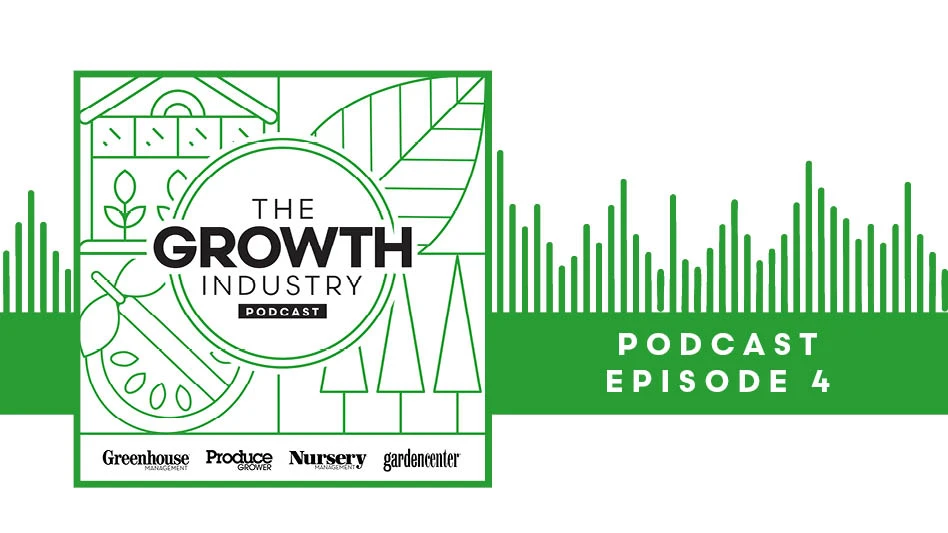Q: When is the ideal time to start a succession plan?
A: Today. It’s more than just the succession of the company, it’s the succession of the roles that each of the employees currently play within the organization. My take on succession planning is ‘tactically, what are we doing to make sure that we have the most competent people in those roles that are needed and what’s plan B in case they leave? And strategically, what’s the strength of the organization overall if I were to look to sell it?’
Q: What should business owners do to prepare?
A: Business owners can study because there’s plenty of stuff online. They can engage with a professional who is able to help navigate the choppy waters of succession planning if it involves family members because that can become chaotic. Navigating the waters of family is a unique skill set for somebody to help with, which I do specialize in. Family dynamics relating to the succession and sale of a business becomes chaotic because at that point, you become part psychologist, strategist, consultant and consoler. If it’s a business with no family involved and someone wants to maximize their sale price, then they should lean more toward a financial planner, attorney or business broker. The road you’re on depends on who you’d chose to help prepare.
Q: What’s a common mistake when crating a plan?
A: Bringing emotion to the game plan. It’s difficult to separate the business from the person, especially in the horticulture industry because a lot of folks have been in it for years and they’re emotionally connected. At some point, the business becomes an emotional child in the family, but everything is a business decision. The most challenging part is trying to extract emotion from the equation.
Q: How often should business owners review and/or change the plan?
A: No less than annually, but it would be more advantageous if it was biannually.
Q: Why do you advise that time frame?
A: Things change, economies shift, employees leave, markets adapt and some folks often wait until it’s too late. A lot of things can change in a year and if you’re only looking at things on an annual basis, you’re missing trends that are happening right in front of you. I advise my clients to meet every six months to discuss where they are, their game plan, what needs to change and what needs to be added. We discuss this in three steps called “start, stop and continue.” What should we start doing that we’re not doing now? What should we stop doing since it’s not working, and what should we continue doing based on the fact that it is working?
Q: Are there different challenges in the nursery industry compared to other industries that make succession planning more difficult?
A: Yes. The horticulture industry is more often a family-owned and operated small business. As stated before, the business becomes another family member. Sometimes the next generation is great and sometimes they’re not the right fit. Having the same last name doesn’t automatically make them the best candidate to take the business to the next level, so it’s important to understand and acknowledge this to maintain success.
Want To Go? “Putting Success in Your Succession Plan” Monday, July 15, 9:45-10:45 a.m., Short North Ballroom A

John Kennedy is a well-known speaker, author and consultant to the horticulture industry. As the owner of John Kennedy Consulting, he’s proficient in enhancing both personal and professional lives, and will discuss tips on creating a succession plan that’s not only built to sell, but built to last.

Explore the June 2019 Issue
Check out more from this issue and find your next story to read.
Latest from Nursery Management
- Pennsylvania Horticultural Society announces 2025 Gold Medal Plant winners
- GIE Media Horticulture Group wins five regional 2025 Azbee Awards of Excellence
- Get to know Pat Reilly with NewGen Boxwood and the American Boxwood Society
- Terra Nova Nurseries introduces rust-free and disease-resistant heucherella
- John T. Nickel, founder of Greenleaf Nursery Co., passes away at 89
- Three tours offered at 2025 Farwest Show
- Garden Media Group announces sixth annual Women in Horticulture Week
- Star Roses and Plants announces National Knock Out Rose Day





